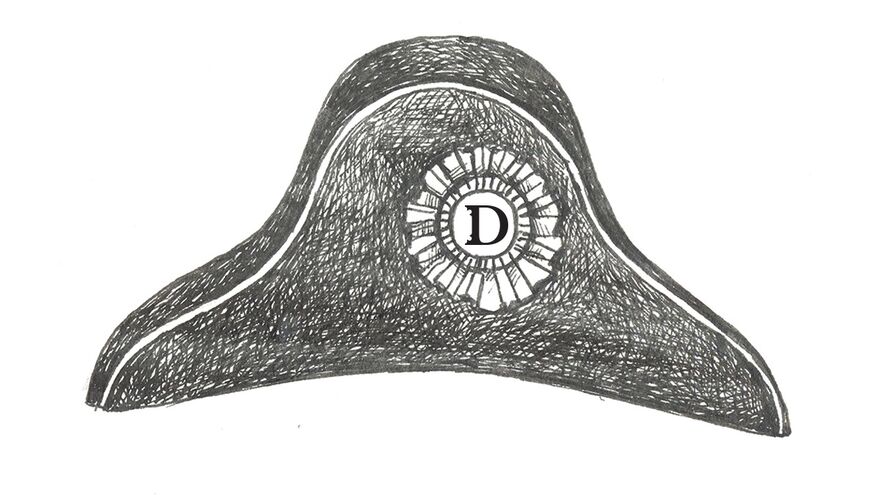
ABBA Facts: The 1974 Eurovision Song Contest at Brighton Dome
The city of Brighton and Hove can lay claim to a vast number of truly exceptional cornerstones in the history of popular music. Pink Floyd debuted Dark Side of the Moon here, Fat Boy Slim’s Big Beach Boutique was a date saved in everyone’s diary, and we were even the setting for one of The Who’s - and arguably Stings’ - finest hours. However, all of these pale by comparison when stood next to the brightest light of popular music, ABBA, whose Eurovision performance of Waterloo took place at the Brighton Dome on the 6th April 1974.
To mark the fortieth anniversary of this seminal moment in the history of not simply Brighton, Sweden and the course of popular music, Brighton Dome are hosting two commemorative events. First we give you a rare opportunity to enjoy a unique Eurovision Re-enactment with Christopher Green and then a chance for you to perform Waterloo itself on Brighton Dome's stage as part of a celebratory video installation. If your appetite needs whetting further – something we'd find difficult to believe - here are five facts about that magical night that you might not know, but first why not take a little time to enjoy their now legendary performance?
Although relatively unknown beyond Scandinavia, ABBA used the Eurovision song contest to make a mark in the minds of a wider audience. Particularly striking were the costumes worn on the evening, which even now are burned in the memory of everyone watching. Even Bjorn recounted ‘In my honest opinion, we looked like nuts in those years. Nobody can have been as badly dressed on stage as we were’. So why were ABBA constantly wearing such garish garb? This was not simply a fashion statement, but actually allowed the group to exploit a loophole in the Swedish legal system that allowed for clothes to be tax deductable, if the wearers were able to prove that they were not designed to worn on a daily basis.
However, don’t write off ABBA’s iconic looks simply as a tax dodge. For the whole coach journey to Brighton Dome, Bjorn was forced to stand up or else risk ripping his beloved flares.
After the performance, having seen pictures of himself in a wide range of ill-fitting outfits, Björn signed up for the Stockholm marathon, convinced he needed to cultivate a physique synonymous with the ‘pop-idol’ status he was heading towards.
Famously, one of the acts competing with Bjorn, Benny, Agnetha and Anni-Frid was Olivia Newton-John, who hardly found missing out on Eurovision top-spot was fatal to her career. However, less is known of Korni Grupa, often referred to as Yugoslavia’s first super-group, who shared a wardrobe with ABBA.
Some of the other performers are still around, for example; the Greek entrant, Marinella, is still going strong and she performed at the closing ceremony of the 2004 Olympic Games, and Spanish entrant Peret, seen performing here with the first in a radical prototype of cravat amplification, recently released an album featuring Talking Heads’ David Byrne.
As with every Eurovision, in several areas the 1974 competition became embroiled in various political problems. The Italians refused to televise the competition at all. A national referendum on Divorce in the country meant that the Italian entry this year, a song titled ‘Si’, was rumoured to be subliminal messaging and it was decided it would be better to be safe than sorry...
By Alastair Cooper
